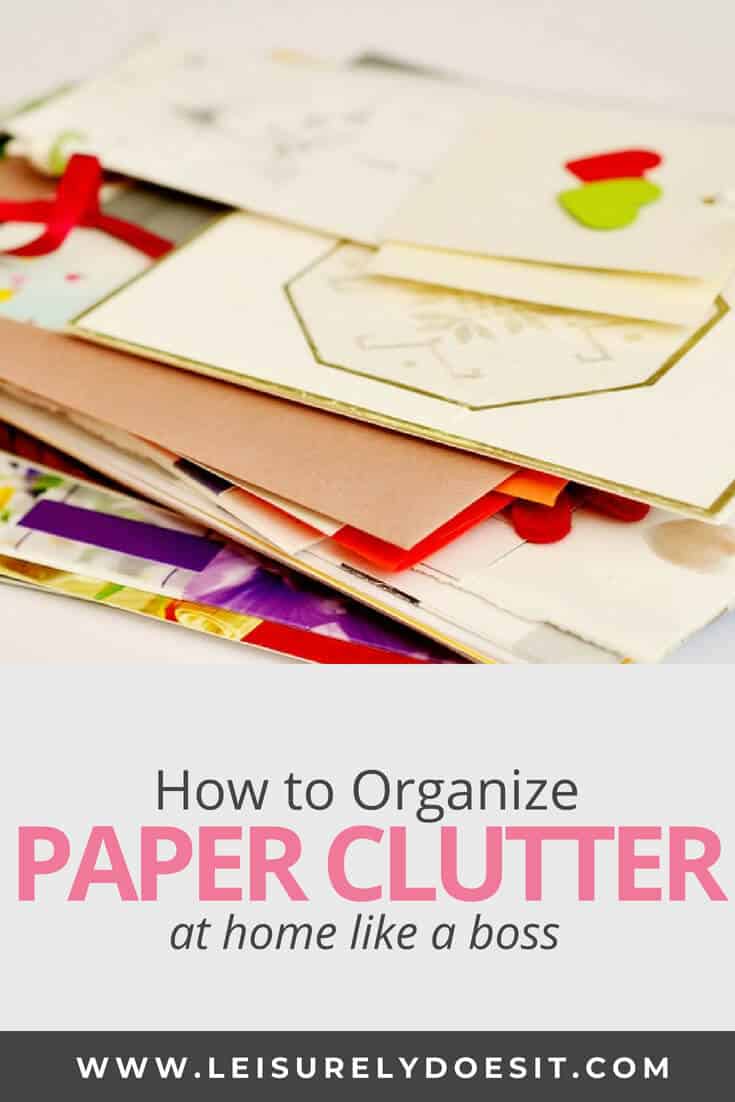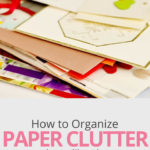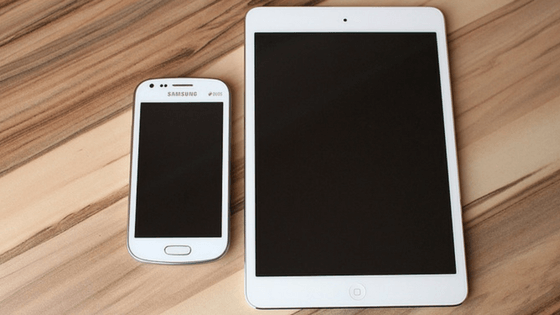Paper clutter often builds up at home because you don’t know what to keep and what to toss. Follow these steps to declutter paper piles and implement an organization system for paperwork you need to store.
Despite advances in digital technology, we still can’t seem to rid our homes of paper clutter. Bills, school documents, medical records, bank statements, junk mail… It piles up and, even though this kind of clutter is easy to tuck away and hide, it’s still there.
So today, we are going to tackle the monster paper piles lurking in drawers and scattered over various surfaces throughout your house. I’m going to tell you how to declutter paperwork once and for all.
How To Get Rid of Paper Piles
This post contains affiliate links. If you click and make a purchase, there’s absolutely no extra cost to you. Read my full Disclosure Policy here.
Round Up Your Tools
The first thing you need to do when organizing papers at home is gather your tools. You will need:
- a shredder
- a scanner
- recycle bin/ trash bags
- label maker
- Post-it notes
- Pen
- Hanging folders
- Filing cabinet
- A big work surface—a large table or nice open spot on the floor would be perfect
Next Up… Purge
Let me warn you, things are about to get messy. But, the first step in any organizing project is to get down and dirty.
Find all the paper clutter in your home and dump it into one pile. If you already have organized papers, leave those as is. Simply look through them to ensure they are documents you still need.
Create two labels using your Post-it notes: “Store” and “Scan”. You could create a third label for the papers you need to shred but it would be easier to just go ahead and shred anything you don’t need immediately.
Look through all of your papers and sort them into the appropriate piles.
Related: Organize Your Home- You Need To Ask Ten Important Questions
Shred
Shred any paper you don’t need that contains your personal and sensitive information such as your name, address and banking information. Place the shredded paper into the recycling bin or trash bags.
If you’re going to purchase a shredder, I highly recommend a cross-cut shredder which slices the paper in two different directions making it more difficult to reassemble and read. Also, check the security level of the shredder—the higher the number, the smaller the shred size.
Scan
Make digital copies of any documents you want to keep but don’t need in physical form such as bank statements, receipts and annual investment statements required for taxes.
Scanning photographs, greeting cards and kids’ artwork is another great way to reduce paper clutter. You can hold on to your memories without taking up space in your home.
What Paperwork to Keep?
Organize the physical papers you need to keep into folders and use the label maker or pen to label each folder. Store the folders in a fire-proof filing cabinet.
Some examples of documents you should keep original copies of are:
- Loan and mortgage documents along with paid-in-full statements for past loans
- Estate paperwork such as wills, powers of attorney
- Titles and Deeds
- Certificates e.g. birth, death, marriage, divorce and university qualifications
- Medical records
Maintain
Now that you have organized your paper clutter, you need to implement a system that controls incoming paper.
Deal with any new paperwork that you bring into the house immediately. Create a “paper management system” next to the entryway that includes a shredder, bin for action items, large calendar and pens or markers. The areas close to the main entrance tend to be clutter hotspots as people just drop things in their rush to get into the house.
Do the following:
- Use the shredder to shred junk mail as soon as you bring it inside.
- Place bills to be paid or other action items in the bin.
- Write important dates directly onto the calendar and get rid of invitations, school notices, appointment reminders etc.
- Place any other documents that need to be kept into folders in the filing cabinet.
Related: 12 Clutter Hotspots And How To Banish Them For Good
Reduce Incoming Paper
Unsubscribe from magazines and newspapers you no longer read. Not only will this help you with paper clutter, you will also save money. Alternatively, you can opt for the digital versions of your favorite subscriptions.
Sign up for online bank statements. In the event, that you need a physical copy, you can print out what you need or request one from your bank.
Paper clutter does not magically appear. You are bringing it into your home and allowing it to accumulate. If you reduce the amount of paper you receive and organize documents as soon as you get them, it will be easier to maintain your organization system. You’re also less likely to misplace important documents.
We can’t totally get rid of paperwork from our homes but we can certainly control it. Follow these simple tips to purge and organize paper clutter once and for all.
Related: The Best Way To Organize And Store Your Kid’s Art Projects
Did you enjoy this post? If so, don’t forget to share it on Pinterest!





I’m working on this very problem, Maria, and this post was very helpful and encouraging!
I’m so glad you found this post useful!